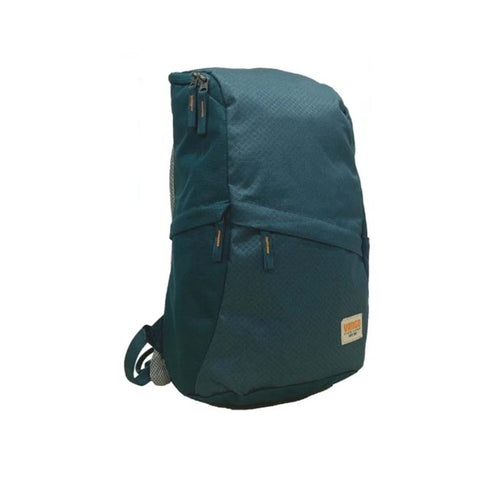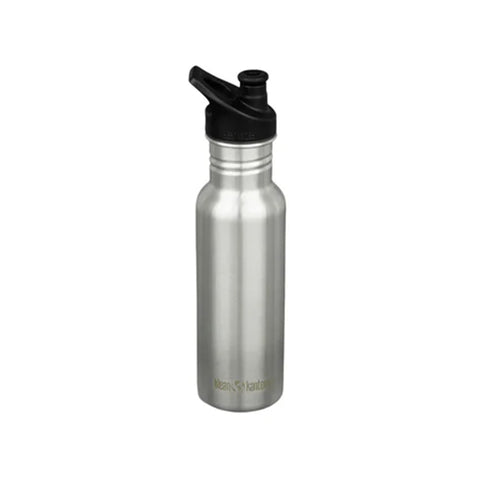Think back to your childhood and your favourite play memories. Who was there? Where were you? Were you doing anything you probably shouldn’t have been doing? Chances are if you were born before the 90’s, you would have not had much adult supervision and would have been taking at least a few risks. Perhaps balancing along a wall, maybe riding your bike down a crazily steep hill, even wandering into the woods and not being sure how to find your way home...
If you can still tell the story about 'that time you almost', and you can laugh about it, it's because you made it through and you learnt something (even if the lesson was, never, ever, try that again).
Children need risk because risk means going beyond what we are already capable of. Without taking a risk, we would never learn to walk, run or ride a bike. Quite simply, we would never learn to live in the world. And we need to fail, sometimes fall, in order to acquire new capabilities - risk engenders resilience.
Ellen Sandseter lists six types of risky play children need as part of their development: great heights, great speed, dangerous tools, dangerous elements, disappearing and rough & tumble. All of these are elements that are subtly, and sometimes not so subtly, being eliminated from childhood. For example, in primary schools, there's often a prohibition on rough & tumble play.
The Health and Safety Executive acknowledges that it is impossible for schools to have no accidents and that in fact a complete absence of risk and accidents is neither realistic nor desirable.
How will children learn to avoid getting splinters if they never handle rough wood? How will they learn to manage walking on icy surfaces if everywhere they go as a child is gritted? How will they learn about boundaries and consent if they are never allowed to engage in physical play?
OPAL schools work hard to safely include risk on their playgrounds by increasing children’s access to the site, introducing large loose parts, negotiating with children what is ‘safe enough’ and through benefit risk assessments, which look at the benefits as well as the risks of an activity or piece of equipment.
This means children have the opportunity to learn to climb trees, balance on cable reels, build large structures and ride scooters. Not only do they realise what they are capable of, but they learn how to keep themselves safe. They can develop the internal conversation we all need when confronted with a new and potentially risky situation (Can I do this? Should I do this? Should I back away?)
Children leaving primary school feeling capable and understanding how to keep themselves safe and far better equipped to navigate their teenage years than those who are wrapped in cotton wool and never experience any risk.
Could you help your children to experience more risk? It could be as simple as starting by avoiding using the words ‘be careful’ and asking them if they feel safe or what they could do to make their activity safer. For example, if they want to climb a tree you could discuss having three points of contact, only climbing branches thicker than their forearm and agreeing on a height they can climb to while they are learning. Give them chances to use tools in the kitchen and doing DIY projects.
Remember the benefits of risky play far outweigh the risks. Without risky play, children are scared to try, are bored and listless, lack control and are not prepared for the future. Children who are encouraged to take risks will have improved physical health and development, a reduced risk of obesity, feel capable and resilient and have high levels of self-esteem.



